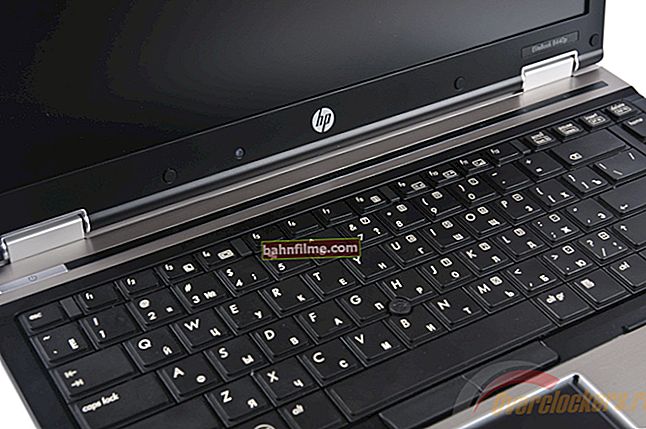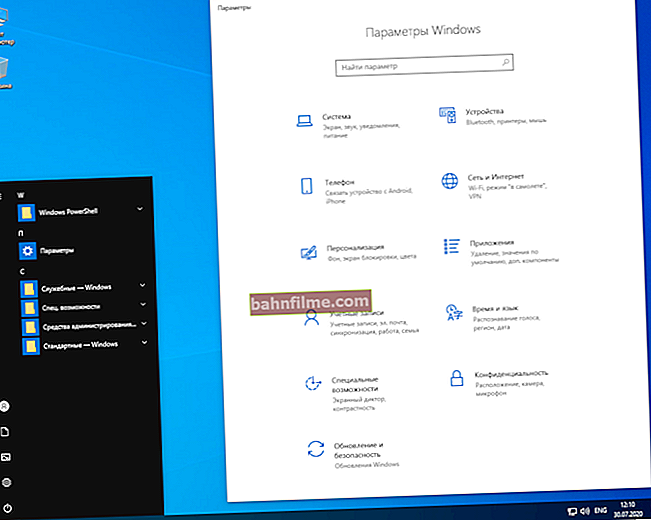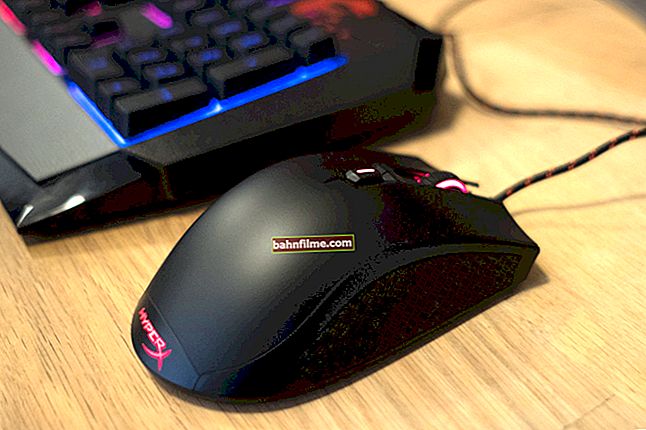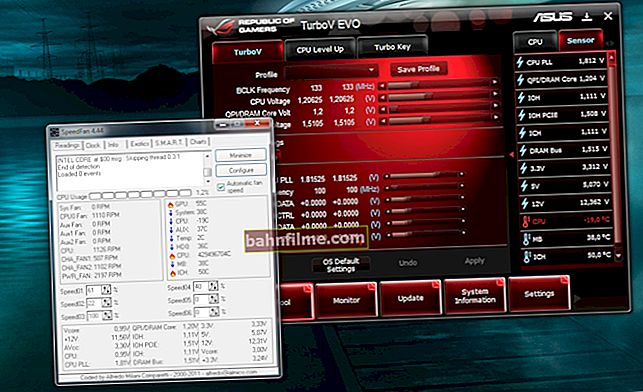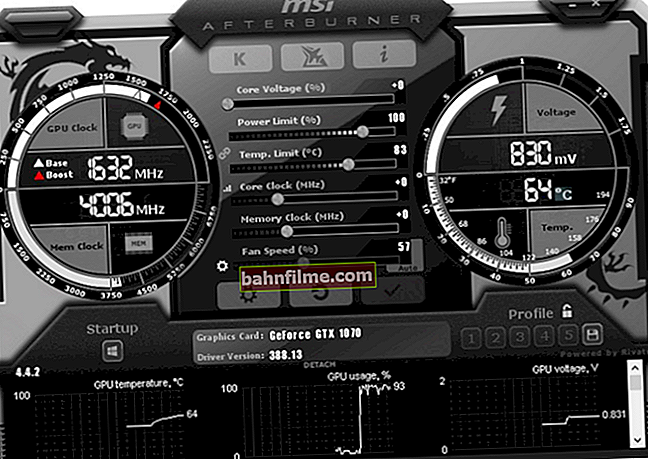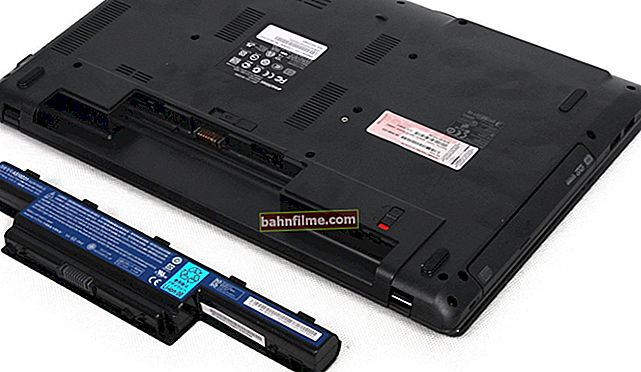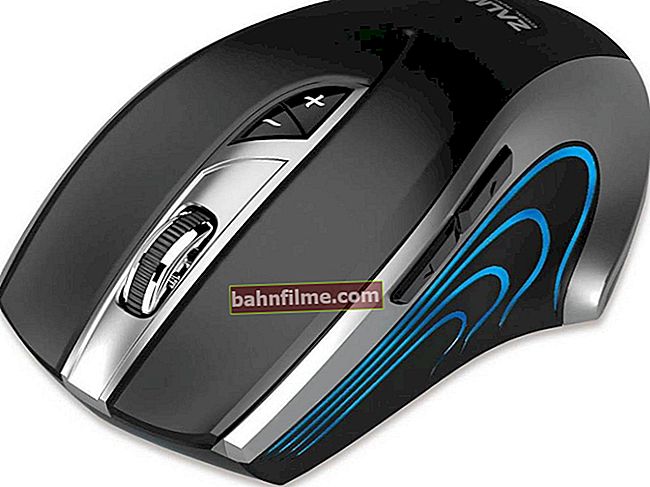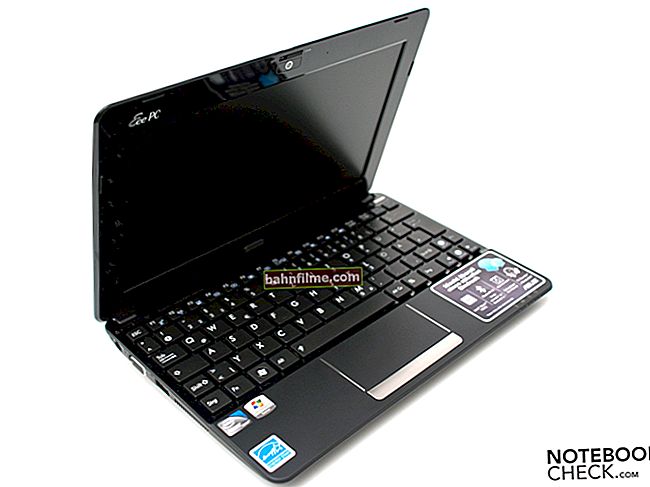
User question
Hello.
Not so long ago I bought a computer and I have disks C, D and E in my system (another 100 MB disk is displayed in the explorer, but you cannot go to it).
When using, it is very inconvenient to place files here and there (here and there, re-enter once again, and confusion ...). Could all these disks be combined into one? (and preferably, no data loss)
Hello.
From your description of the question, one thing is not entirely clear: do you physically have one hard drive (and it is divided into several logical partitions), or do you have three hard drives? 😊
I suspect that not everyone can immediately understand the difference between these two options, so in this article I decided to consider both options at once, and give a universal answer to a similar typical question.
*
How to combine drives into one
The basics
And so, the first thing to do when you are faced with a similar task is to open a special. utility "Disk Management" (it is built into Windows 7/8/10).
This is done simply: first you need to press the Win + R key combination, and then enter the diskmgmt.msc command.
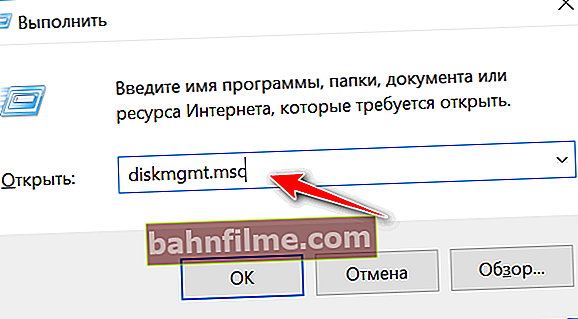
diskmgmt.msc - start disk management
Next, pay attention to the lower part of the window, which displays the disks. In my screenshot below:
- 2 physical hard disks are connected to the computer ("disk 0", and "disk 1");
- there is only one logical partition on "disk 0" - the letter "D:";
- on "disk 1" there are two logical partitions - the letters "C:" and "E:".

Disk management
Of course, in "On my computer" you just see several drives ("C:", "D:" and "E:"), but you don't know how many of them are real. Thanks to disk management, it becomes clear that there are 2 hard disks in the system, for example (it's just that this moment affects how the disks can be combined).

This computer - 3 drives C, D, E
Below I will consider several possible options ...
When it comes to logical partitions of one disk
In most cases, new computers have one hard drive, on which 2-3 partitions have been created: on one - Windows OS, on others - drivers, programs, etc.
And, in this case, usually, users have the task of creating one large (common) partition from several logical partitions on one disk (see the screen below - the partitions are on the same line!). For example, why not add 29.3 GB from the E: drive to the "C:" drive in my case ?!

Expand logical partition C
1) To do this, you first need to copy all the necessary files from the "E:" partition to other disks (or partitions). Please note that in this case, files on only one disk partition (in this case, "E:") will be deleted.
2) After that, in the disk management, you need to right-click on the "E:" section and select the option "Delete volume" .

Delete volume
3) Now you will see that instead of the "E:" section, there is only an unallocated area (highlighted in black).

Not allocated
4) Next, you need to right-click on the "C:" section and select "Expand Volume" .

Expand volume
Then specify this unallocated area and click OK.

Volume Expansion Wizard
5) Actually, after this operation, the "C:" partition will increase by 29.3 GB!

The size of logical partition C has been increased by the size of volume E
6) In "My Computer" now, instead of three drives, two will be displayed: "C:" and "D:".

How it looks on my computer
When it comes to physical hard drives (creating a RAID array)
Another type of task: let's say you saw in disk management that you have "disk 0", "disk 1", "disk 2" (etc.). And you need, say, to combine several such disks into one (i.e., we are talking not about partitions of one disk, but about combining several real physical drives). See the screenshot below for an understanding.

What if you need to combine two drives
In this case, it will be necessary to resort to creating a so-called RAID-array. This can be done both programmatically in Windows and in hardware (if your motherboard has an appropriate controller).I will briefly consider both options below.
Option 1: using Windows tools
In this case, you will not be able to install Windows on the discs to be merged. This method is more relevant if your OS is installed, say, on an SSD, and you want to create one large space for videos, games, and other large files from the connected hard drives ...
1) And so, first you also need to go to disk management (Win + R -> diskmgmt.msc).
Among the connected drives, 2 (or more) drives to be combined should be displayed (usually, if the drives are new, they are marked as not allocated). See screenshot below.
2) Next, just click on one of these disks with the right mouse button and select the option "Create striped volume" (this is RAID 0, i.e. the volume of the disks will be added together), in the next step, specify which disks will be combined, the file system, the letter, etc.

Create striped (or mirrored) volume
3) Further, in "On my computer" you will see the combined disk: it will not differ in any way from other drives, work with it goes in the usual way ...
Important: if one of the disks to be combined fails (or is disconnected), all information will become unavailable ...

Disk properties
Option 2: RAID array using BIOS settings
This is a universal option, and will allow you to do everything with a combined disk (RAID array): create and delete partitions on it, format, install (and reinstall) Windows, etc. Those. in terms of functionality, it will not differ from a regular disk ...
True, it's worth saying right away that your motherboard must support the ability to create RAID.
For example, if mate. board supportsIntel Rapid Storage Technology- it all boils down to the fact that after installing and connecting the disks, it is enough to go to the menu in the BIOS Create RAID Volume - and you can specify which disks you want to combine in RAID 0 (see example below).

Create volume
For example, if you combine two 1TB drives in RAID 0, you get a 2TB drive (real 1863GB). Of course, you can install the OS on it without any problems (see the screen below), partition the disk, etc.

Unallocated Disk Space - Installing Windows 10
To help!

Configuring a RAID array on a home computer (just about complicated) - //ocomp.info/2-disk-v-raid-massiv.html
*
That's all for now, additions are welcome.
Good luck!
👋
